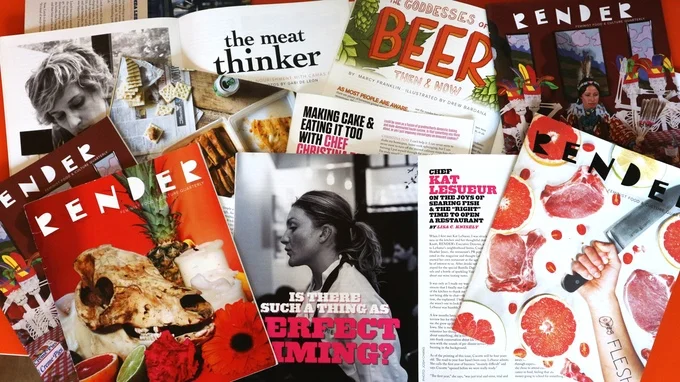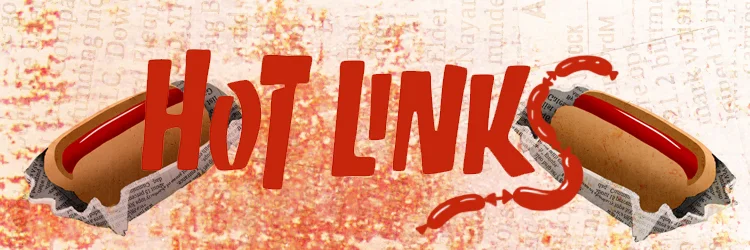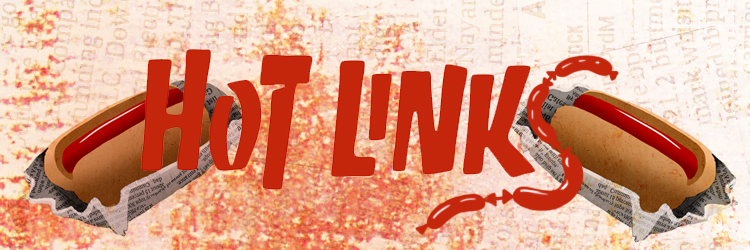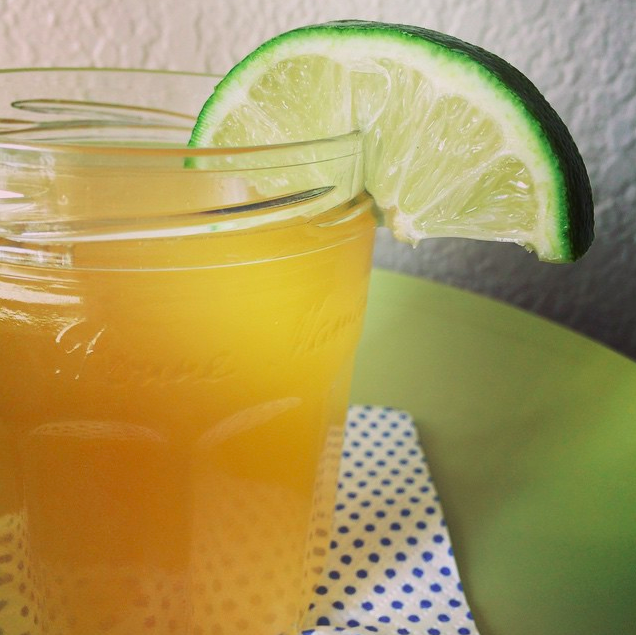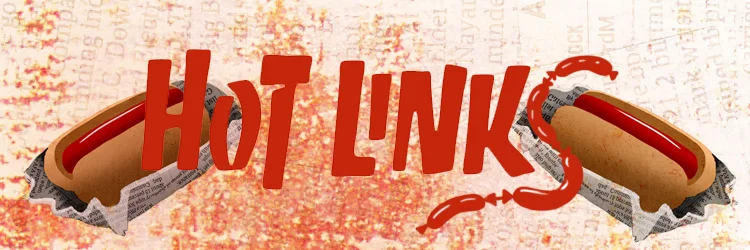

In each monthly installment of Bender, Caroline Ferguson will explore the social, cultural, and historical context of a single cocktail or boozy beverage. From settling which country lays claim to Pisco, to exploring the Carthusian Monks’ Chartreuse caves, Caroline will try to track down all the places your drink has been before it gets in your glass—always ending with a recipe of her own creation. Pull up a chair and a glass.
To talk about cocktails is to talk about Old Fashioneds.
After all, this concoction – made with bourbon (or rye), sugar (or simple syrup), bitters (or none), club soda (or ice), and a cherry on top (and/or an orange, or just a rind, possibly muddled, possibly juiced, possibly neither, and woe betide you if your preference differs from mine) – is the closest thing we have to the original cocktail as it was first defined 200 years ago.
Confused yet? You’re forgiven. Cocktail elitists, encouraged by the likes of Don Draper and that d-bag Ryan Gosling played in Crazy Stupid Love, have done a lot to complicate the drink and ensure that it seems as intimidating as humanly possible to prepare.
Of course, it’s all nonsense; Old Fashioneds are elemental. The basic components are dark liquor, sugar, water, and bitters—incidentally, the exact same ingredients listed in the first printed definition of a cocktail, which dates back to 1806. Sure, drinkers have taken some liberties with the details over time (as drinkers are wont to do), but even though the name has changed, the basic formula hasn't.
During the drink’s first heyday in the mid-1800s, it was simply known as a whiskey cocktail and hawked as a sensible pre-breakfast drink. Good times.
By the late 19th century, postbellum boozehounds had trashed up the simple formula with Curacao, absinthe, and all other manner of sacrilegious add-ons. Purists fussed (the Old Fashioned seems to invite an awful lot of fussing). Those who wanted a simpler drink took to requesting an “Old Fashioned” whiskey cocktail.
The drink, like most things, didn’t stay simple for long. 20th century bartenders couldn’t leave well enough alone, and they took to adding a veritable fruit salad’s worth of garnishes – usually oranges, cherries, and pineapple – and a healthy dose of seltzer or lemon-lime soda to finish. The Old Fashioned was no longer a stately nightcap; by the 1970s it had become nearly sangria-like. Most self-respecting drinkers learned to avoid it like the plague, and by the aughts the drink was nearly extinct.
So, what happened to turn this maligned cocktail around? Don Freaking Draper, that’s what happened. The drink shot right back into the public eye when Mad Men’s dapper, besuited antihero claimed it as his signature.
Now any bartender worth their salt knows how to mix one up, and the internet is bloated with self-important articles explaining that if you substitute the sugar cube for an equivalent amount of loose sugar, you might as well go ahead and spit on the grave in which you have buried Good Old Cocktail Artistry.
Nonsense once more, and I’ll tell you why. Interestingly, it wasn’t until the third season of Mad Men that viewers actually saw Don making an Old Fashioned for himself. It turns out that the First Gentleman of cocktail-cred himself uses a method that many elitists would renounce: he muddles the cherry and adds an immoderate slug of club soda—both cardinal sins to many purists.
Don, it turns out, was in on a little secret that shatters the veneer of intimidation that too often surrounds this modest little cocktail: the best way to make an Old Fashioned is whatever way you like best.
For me, that means putting flowers in it, because it’s fun to watch the cocktail gatekeepers squirm in their seats.

Elderflower Old Fashioned
Old Fashioneds are nothing if not controversial. Cocktail purists tend to be fanatically devoted to their preferred formula—fruit vs. no fruit, bourbon vs. rye, loose sugar vs. sugar cube vs. simple syrup, bitters or no bitters, splash of sparkling water or straight-up. I went the bourbon/citrus peel/club soda route because that’s my jam, but adjust to your heart’s content.
Ingredients:
¼ teaspoon sugar
1 oz St. Germain or Bols Elderflower Liqueur
2 oz bourbon
Ice
Sparkling water
Orange peel
Small white flowers for garnish (optional)
Instructions:
Stir sugar and St. Germain in a cocktail glass until sugar has dissolved. Combine bourbon and ice in a cocktail shaker or Mason jar, cover, and shake. Pour bourbon over St. Germain and add a new ice cube or two. Finish with a splash of sparkling water. Twist the orange peel to bring out the citrus oils, then drop it in the cocktail. Garnish with flowers.

